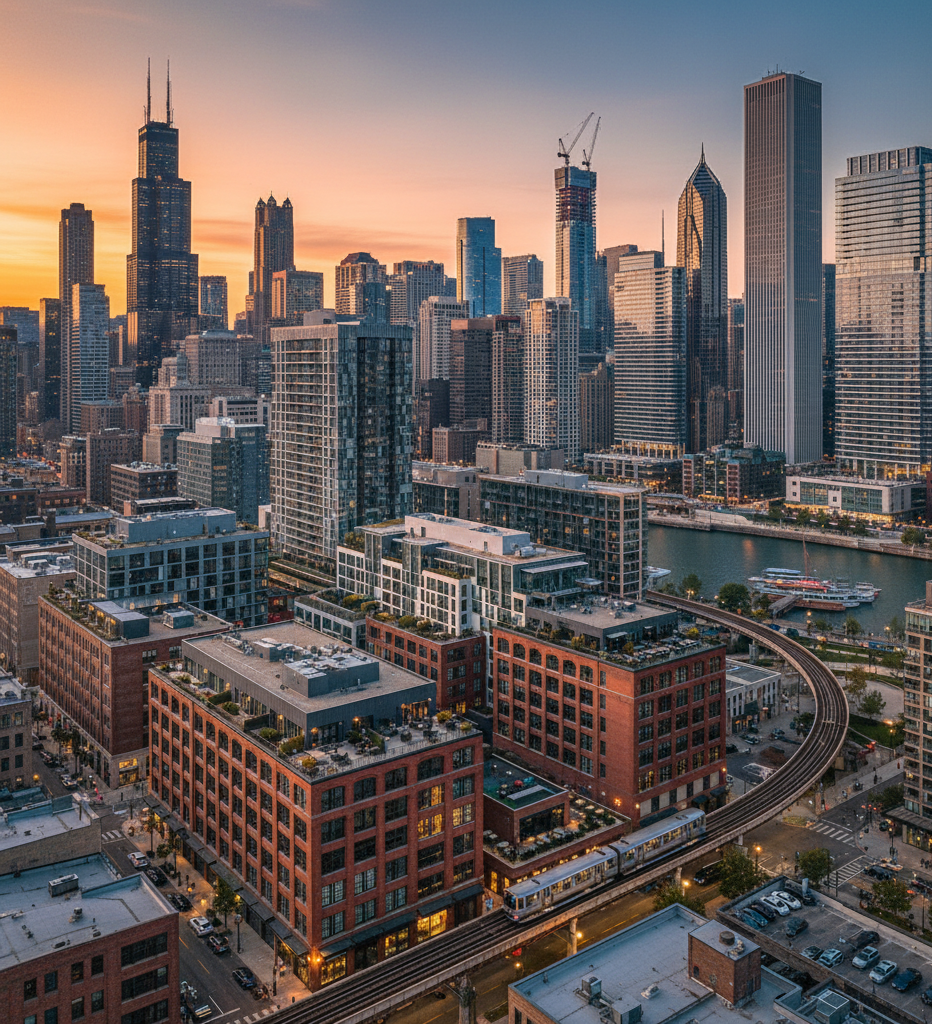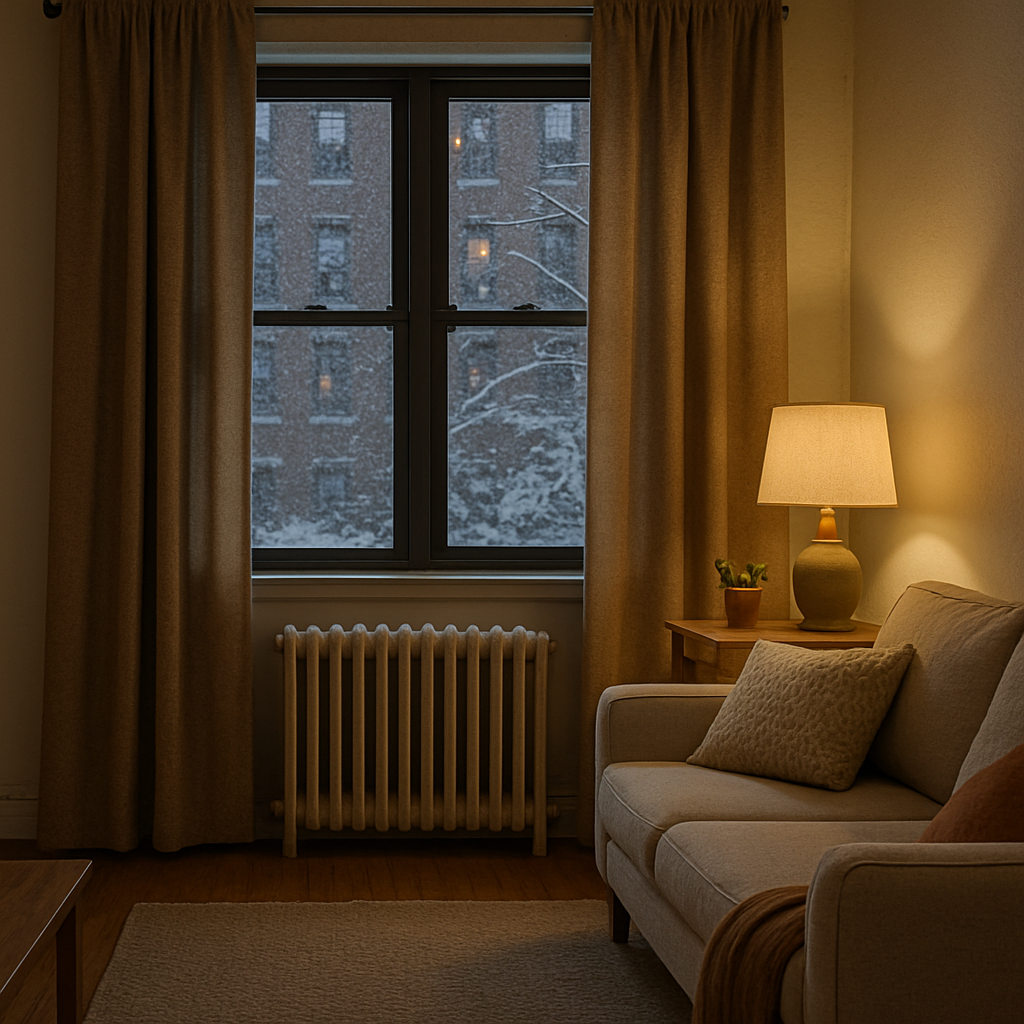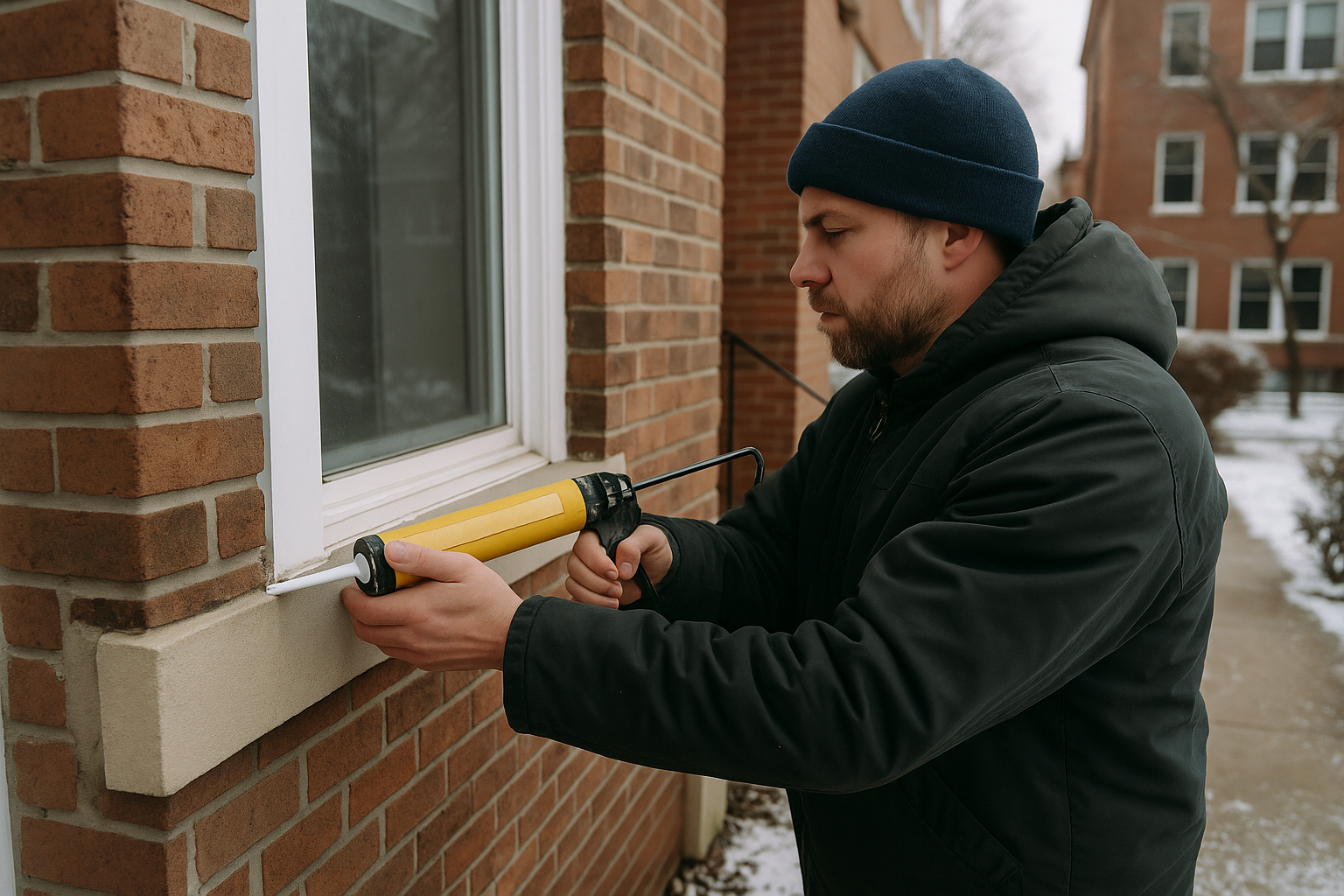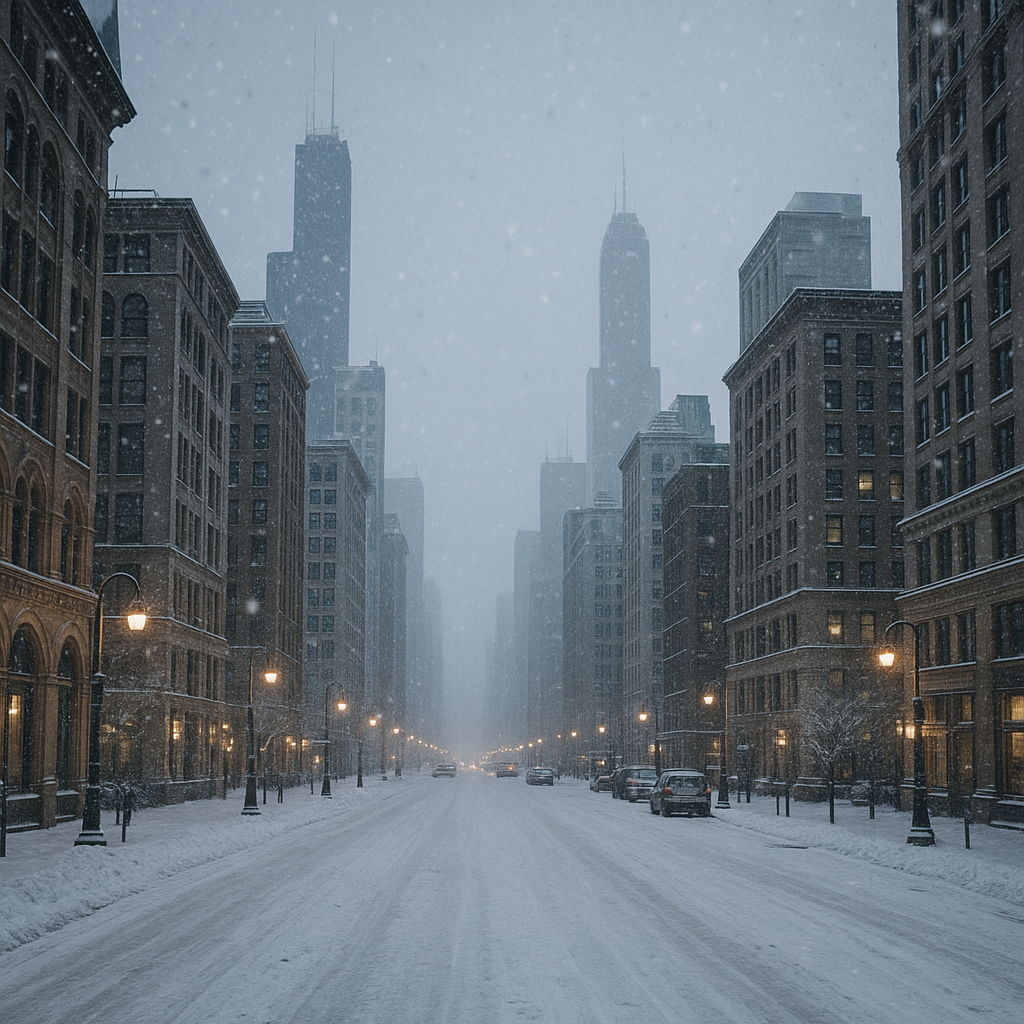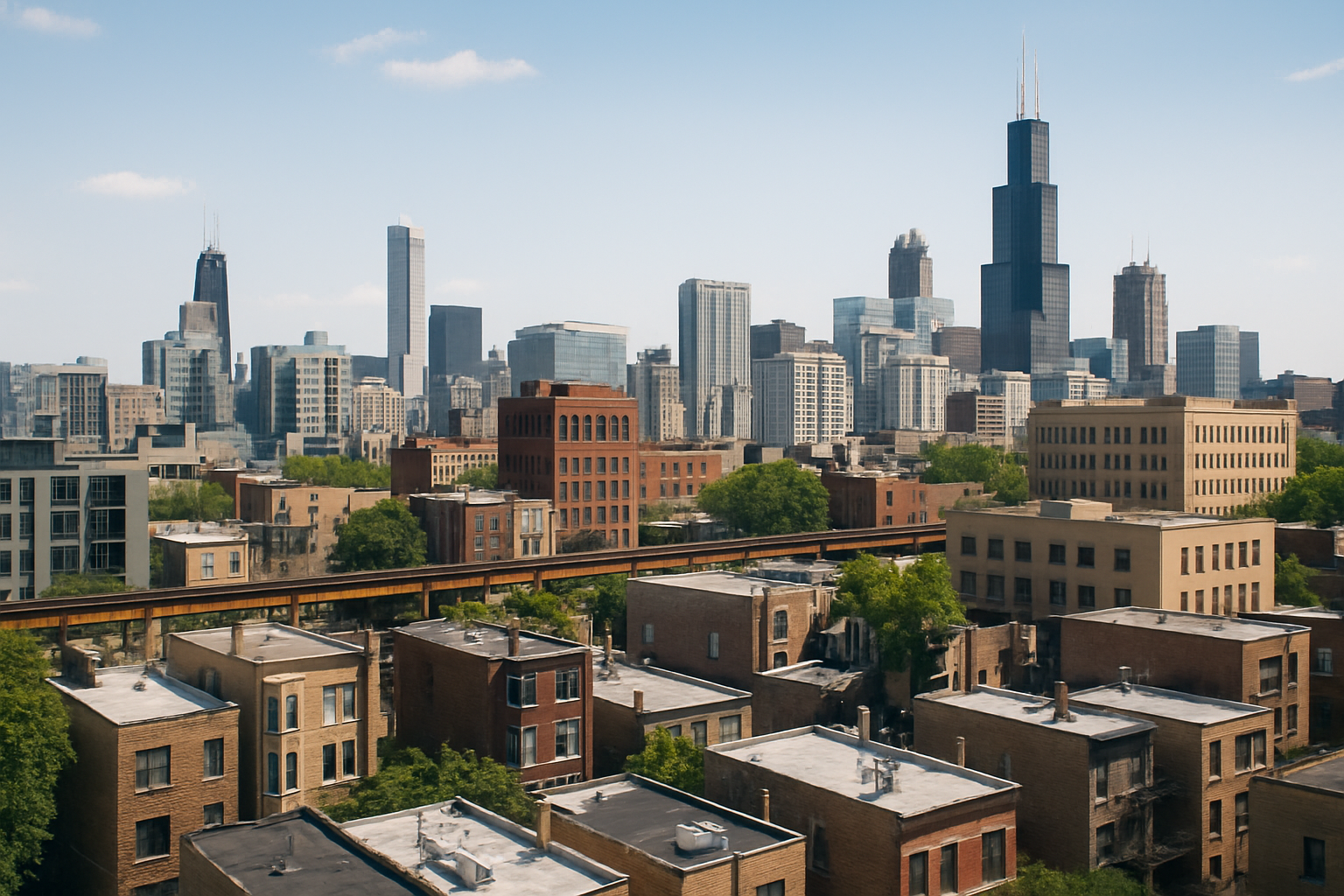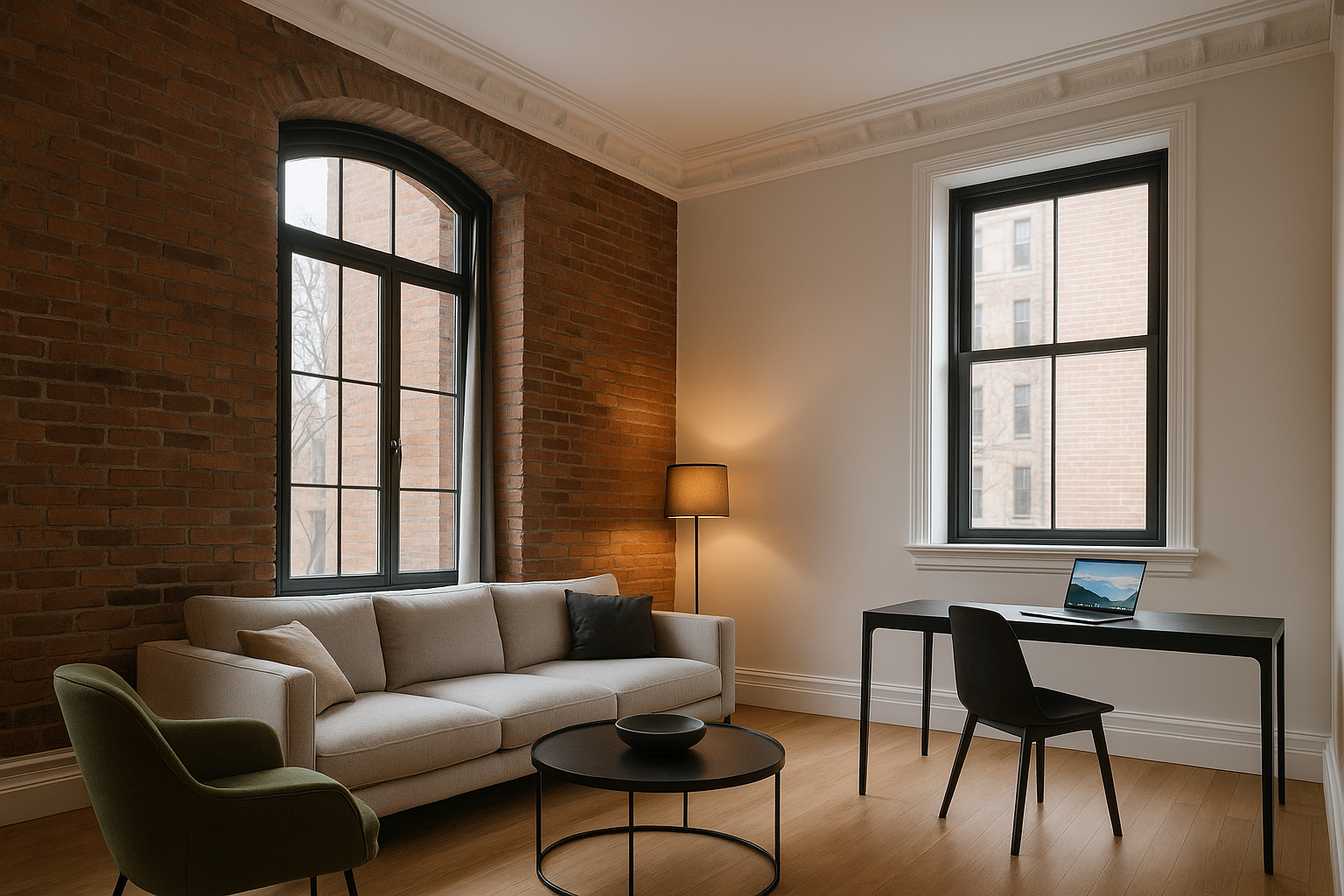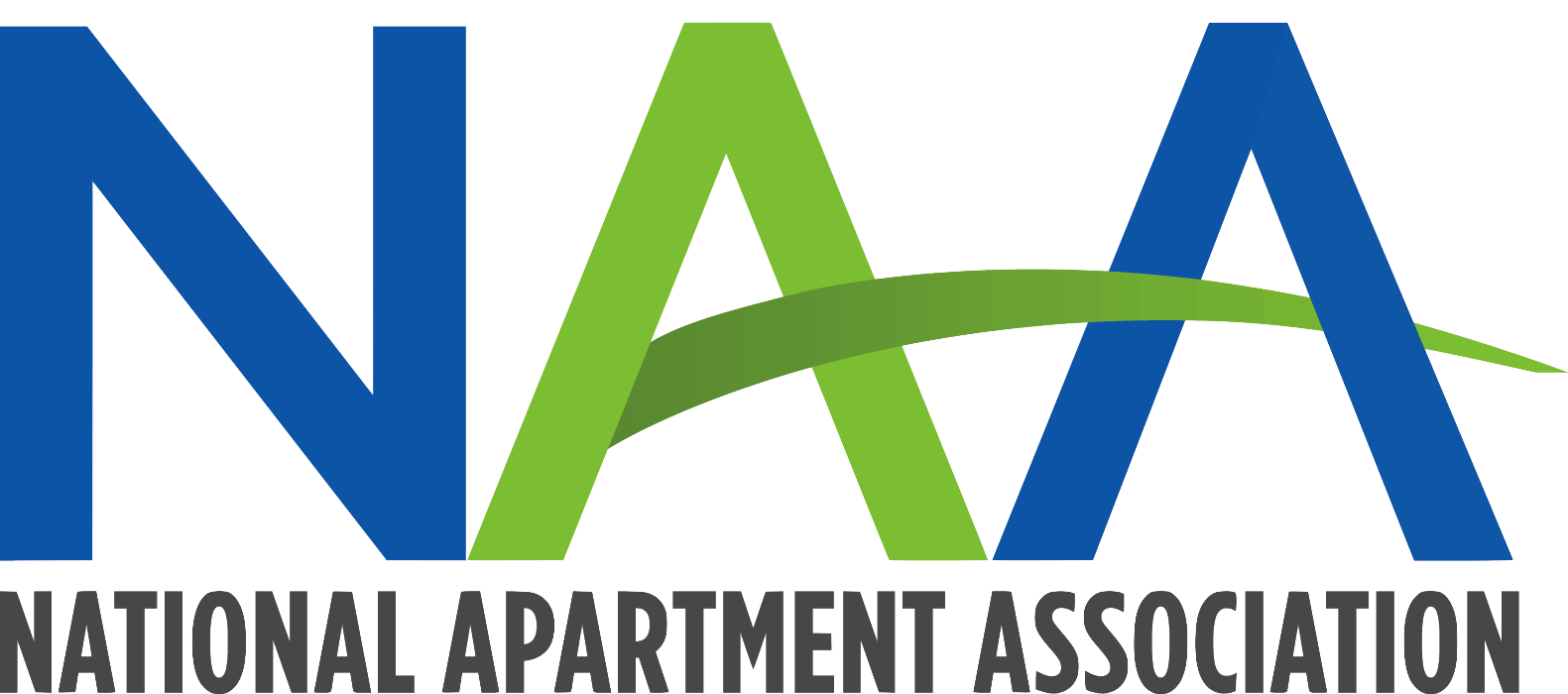How Neighborhood Development Is Changing Chicago’s Rental Landscape
Chicago’s neighborhoods are always evolving. From large-scale infrastructure projects to small business corridors and mixed-use developments, these changes shape how — and where — people want to live.
For property owners, investors, and renters alike, understanding how neighborhood development impacts the rental market can provide valuable insight into both opportunities and challenges.
1. Chicago’s Changing Urban Footprint
Over the past decade, Chicago’s real estate map has shifted significantly. Neighborhoods once dominated by industrial use — like the West Loop, Fulton Market, and parts of Pilsen — have transformed into vibrant residential and commercial hubs.
According to Crain’s Chicago Business, more than $10 billion in development projects are currently underway across the city, with particular growth in mixed-use, transit-oriented, and sustainable housing developments.
These investments create ripple effects: property values rise, rental demand increases, and the character of neighborhoods changes — often in a matter of just a few years.
➡️ Learn more about our approach to market trends and property oversight on our Blog page.
2. The Rise of Mixed-Use and Transit-Oriented Developments
A major trend shaping Chicago’s rental market is the shift toward mixed-use and transit-oriented developments (TODs).
These projects combine housing, retail, and workplaces — often near CTA or Metra lines — creating convenience-focused communities that attract working professionals.
The Metropolitan Planning Council reports that neighborhoods with strong transit access have seen a 25–40% higher rental growth rate than those farther from stations.
For renters, this means greater accessibility and lifestyle amenities.
For owners, it means properties in TOD zones often achieve
lower vacancy rates and more stable long-term tenants.
3. Redevelopment and Its Impact on Rent Prices
Neighborhood reinvestment frequently leads to improved infrastructure, public spaces, and safety — but it can also contribute to higher rent prices.
According to a
DePaul University Institute for Housing Studies report, areas undergoing rapid redevelopment, such as
Logan Square and
Avondale, have experienced above-average rent increases over the last five years.
These shifts can have both positive and challenging outcomes:
- Investors may see stronger returns and appreciation.
- Renters face higher costs or displacement pressures.
- Landlords may need to adapt to new tenant expectations regarding amenities and energy efficiency.
Urban growth brings opportunity, but it also requires balanced community planning and clear communication between owners and residents to keep development sustainable.
4. Industrial-to-Residential Conversions
One of Chicago’s most distinct real estate trends is the adaptive reuse of industrial buildings.
Former factories and warehouses are being converted into apartments and lofts, preserving Chicago’s architectural heritage while adding much-needed housing.
Projects like The Terminal in Humboldt Park and the Fulton Market Cold Storage conversion demonstrate how these transformations can revitalize entire blocks.
According to
Chicago YIMBY, adaptive reuse projects accounted for more than
2,500 new residential units in 2024 alone.
These redevelopments often attract creative professionals, students, and hybrid workers seeking unique, character-filled spaces — broadening the city’s rental demographic.
5. Infrastructure and Public Investment
City-led infrastructure projects also influence where renters choose to live.
The
Red Line Extension,
Invest South/West Initiative, and
lakefront restoration efforts are reshaping mobility and neighborhood accessibility.
For example:
- The CTA’s Red Line Extension Project is expected to bring new housing and retail opportunities to Chicago’s South Side.
- Invest South/West continues to drive economic revitalization in historically underinvested communities like Englewood, Auburn Gresham, and Austin.
Such projects can increase long-term rental potential and bring new life to areas that previously saw slower growth.
6. Balancing Growth and Affordability
While neighborhood growth stimulates investment, it also raises concerns about affordability.
The city’s
Affordable Requirements Ordinance (ARO) requires certain new developments to include a percentage of affordable units or contribute to city housing funds.
This policy aims to balance market-driven growth with equitable access to housing — ensuring neighborhoods remain diverse and inclusive.
For landlords and investors, understanding local zoning and affordability requirements is crucial when planning future projects or acquisitions.
7. Looking Ahead: What the Next Decade May Bring
Experts predict that data-driven urban planning and sustainability initiatives will shape Chicago’s next decade of development.
With climate resilience, walkability, and mixed-use zoning gaining importance, properties that align with these principles may see stronger, more consistent rental demand.
Neighborhoods like
Bronzeville,
Uptown, and
McKinley Park are already experiencing new interest from developers focusing on modern, eco-conscious living environments.
Conclusion
Chicago’s rental landscape is inseparable from its development patterns.
From new transit projects and adaptive reuse to evolving affordability measures, each neighborhood’s growth story influences where people live and invest.
For renters, development means greater options and modern amenities.
For landlords and investors, it signals both opportunity and responsibility — to understand these changes and adapt their strategies accordingly.
➡️ To explore more insights on rental trends and property ownership, visit our
Blog page.
➡️ You can also view
current rental listings to see how development is shaping available units across the city.



